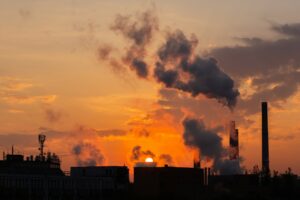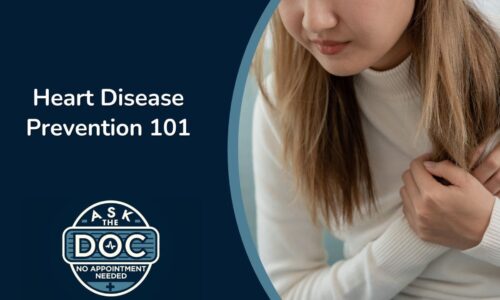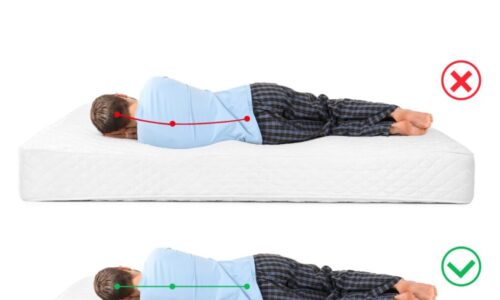What should I do when the air quality is poor? |

I’m interrupting our skin tips to discuss air quality. I live in Washington state, near the Oregon forest fires, and my city is covered in an ash cloud right now. So I suppose this topic is top-of-mind for me… and any of you in California, Oregon, or Washington state are probably reading this with burning eyes, sore throat and a cough. You may wonder why we are having all these fires when we just had such a wet winter… well, the extra rain caused an explosion in forest and grass growth, providing lots of tinder when the summer dryness came.
How Do We Define Air Quality?
In the United States, air quality is a measure of the amount of 5 pollutants in the air on a given day. The Environmental Protection Agency (EPA) has developed an air quality index which gives us a quick sense of how polluted the air is. The values range from 0-500.
0-50 Good
51-100 Moderate
101-150 Unhealthy for Sensitive Groups
151-200 Unhealthy
201-300 Very Unhealthy
301-500 Hazardous
The five pollutants include: 1) ground-level ozone, 2) particulate matter, 3) carbon monoxide, 4) sulfur dioxide, and 5) nitrogen dioxide.
Right now in my city the air is in the “very unhealthy” range!
What Should You Do If The AQI Is Unhealthy?
The most important thing is to avoid going outdoors, and to limit how much outdoor air you breathe. This means no exertion (heavy exercise increases your breathing rate) or prolonged time outside. In the case of particulate matter (from burning trees and grass) a face mask may reduce some of the particles being inhaled into the lungs. Face masks are often sold at hardware stores. It’s important to choose the right kind (they have “N95” or “P100” or “NIOSH” printed on them) to protect from particles.
People at special risk for injury from poor air quality are those with heart or lung disease (including COPD and asthma), the very young and very old. It’s probably obvious that dirty air can trigger asthma attacks and injure delicate lung tissue. Inflammation from irritating particles may cause shortness of breath requiring more inhaled medication or even a trip to the Emergency Department. But what may not be obvious is that poor air quality can increase the risk of heart attacks and irregular heart rates!
If you are in an “at risk” population (significant heart or lung disease) and you can get out of the area if the air quality is very unhealthy, that may be the best thing. A short vacation to an unaffected city could save your life.
Tips To Be More Comfortable In Bad Air
If you can’t get away from the pollution, here are some tips to reduce your symptoms:
Dry Eyes – flush the eyes with artificial tears as frequently as you like. If you have an allergic reaction to the particles, try an over-the-counter anti-histamine eye drop.
Cough – if you’re coughing, this indicates that you have irritation in your respiratory tree from the particles. Try wearing a face mask (described above) to reduce your exposure. Cough drops or cough syrup may reduce the irritation.
Difficulty Breathing – this is an ominous sign that probably should be treated by a physician. If you have asthma or COPD, it’s ok to use your rescue inhaler more frequently but ultimately you need to find a way to get out of the triggering pollution.
Chest Pain – if you experience chest pain when the air quality is bad, you should see a physician at once to make sure you are not having a heart attack. Heart attacks and irregular heart rhythms can be triggered by pollution.
I hope the fires end soon, and that you all are staying safe… Take good care of yourselves!
References
https://www3.epa.gov/airnow/aqi_brochure_02_14.pdf
http://www.bepreparedcalifornia.ca.gov/Documents/Protect Your Lungs Respirator.pdf
If you have any more questions just Ask Hanna, our health advisors are here to help.
Dr. Val Jones MD – Health Tip Content Editor
Reviewed and Approved by Charles W. Smith MD, Medical Director on 9-6-2017
Image: ©Shutterstock / Gabriel Pahontu








